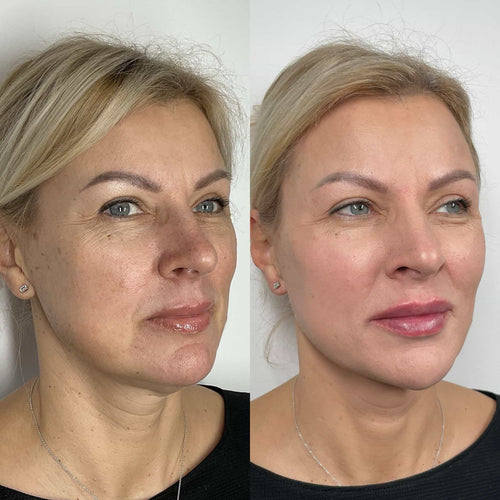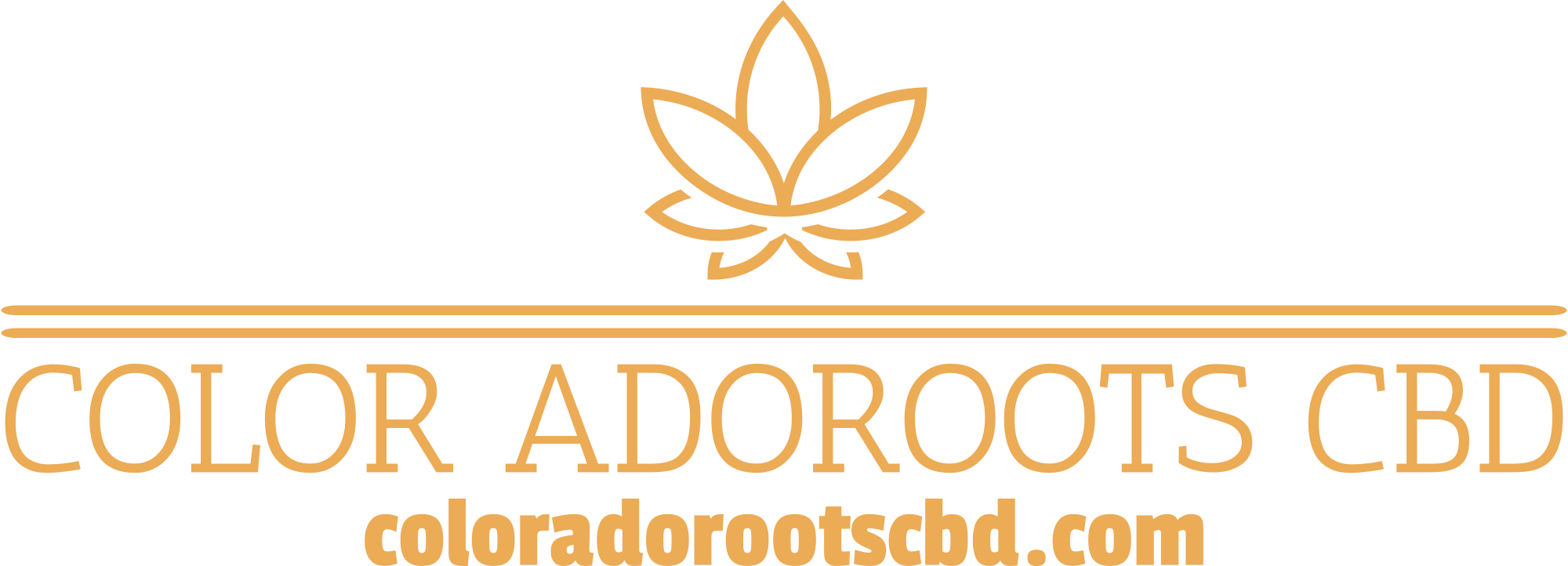Schedule a Consultation for Dermal Fillers with Dr. Laura Geige
Inflammation’s Impact
The Swelling Factor
Inflammation is a natural biological response to injury or infection, characterized by redness, swelling, heat, and pain. It’s a protective mechanism designed to heal damaged tissues and fight off invaders.
Lip fillers, commonly composed of hyaluronic acid, are injected into the lips to enhance volume, shape, and definition. These injections, while generally safe, can trigger inflammation as the body recognizes the filler material as foreign.
Smoking significantly exacerbates inflammation. Nicotine, a primary component of cigarettes, constricts blood vessels, reducing blood flow and oxygen delivery to tissues. This impaired circulation hinders the healing process and promotes chronic low-grade inflammation throughout the body.
After lip filler injections, swelling is a common side effect as part of the natural inflammatory response. Smoking can amplify this swelling by further disrupting blood flow and delaying tissue repair.
Moreover, smoking impairs collagen production, a crucial protein for maintaining skin elasticity and structure. Collagen breakdown contributes to wrinkles, sagging, and delayed wound healing, which is particularly problematic after lip fillers.
In essence, smoking creates an inflammatory environment that interferes with the healing process following lip filler injections. It can lead to prolonged swelling, bruising, uneven filler distribution, and increased risk of complications like infection or rejection.
Compromised Healing Process
Inflammation plays a crucial role in wound healing. It’s a complex biological process that begins immediately after an injury and involves various cells and chemical mediators.
When you inject lip fillers, you create tiny micro-injuries in the tissues. These injuries trigger an inflammatory response, attracting immune cells to the area.
These cells release substances like cytokines and growth factors that promote tissue repair.
New blood vessels form, supplying oxygen and nutrients to the healing site. Collagen and elastin fibers are produced, rebuilding the damaged tissue.
However, smoking significantly interferes with this delicate process.
Nicotine constricts blood vessels, reducing blood flow to the injection site. This impairs the delivery of essential oxygen and nutrients needed for healing.
Chemicals in cigarette smoke also damage cells and inhibit their ability to regenerate.
Smoking suppresses the immune system, making it harder for your body to fight off infection and promote tissue repair.
The combination of these factors significantly slows down the healing process after lip filler injections.
Moreover, smoking increases the risk of complications like bruising, swelling, and infections.
It can also lead to a less predictable outcome with the fillers, as the damaged tissues may not respond properly to the injected material.
Therefore, it’s essential to avoid smoking for several weeks before and after lip filler injections to allow your body to heal optimally and achieve the best possible results.
Vein Disruption
Swelling & Blood Clots
Vein disruption, swelling, and blood clots are serious complications that can arise after injecting fillers into the lips or any other area.
Lip filler procedures involve injecting hyaluronic acid gel into the lips to enhance their volume, shape, and definition. While generally safe, there are potential risks associated with this procedure, particularly when compounded by smoking.
Smoking significantly increases the risk of developing these complications in several ways:
**1. Vein Disruption:**
Nicotine, a primary component of cigarette smoke, constricts blood vessels, including tiny veins responsible for carrying blood away from the injection site.

This constriction can impede proper blood flow and make it more difficult for the injected filler to distribute evenly, increasing the risk of uneven results or clumping.
**2. Swelling:**
Smoking inflames blood vessels and tissues. This inflammation can lead to increased swelling at the injection site, which may be more pronounced and prolonged in smokers compared to non-smokers.
**3. Blood Clots:**
Cigarette smoke contains chemicals that damage blood vessels and increase the stickiness of platelets, the cells responsible for clotting. This combination significantly raises the risk of developing blood clots, particularly in the legs (deep vein thrombosis) or lungs (pulmonary embolism).
These clots can be life-threatening if they break loose and travel to vital organs.
Therefore, it is crucial to abstain from smoking before and after lip filler injections to minimize the risk of these complications. Your healthcare provider will likely advise you on a specific timeframe for quitting smoking prior to your procedure.
Bacterial Buildup and Infection Risk
Weakened Immune Response
Bacterial buildup can significantly increase the risk of infection, especially in areas where skin has been compromised, such as after lip filler injections.
Lip fillers introduce a foreign substance into the body, potentially creating tiny entry points for bacteria.
Smoking creates a hostile environment that impairs wound healing and weakens the immune system’s ability to fight off infection.
Nicotine, a key component of cigarette smoke, restricts blood flow, hindering the delivery of oxygen and nutrients essential for tissue repair.
Cigarette smoke also contains harmful chemicals that damage skin cells and suppress the immune system’s response.
Weakening the immune response makes it more difficult for the body to defend against bacterial invasion.
When bacteria enter a compromised area, such as the site of lip filler injection, they can multiply rapidly, leading to inflammation, redness, swelling, and pain – all classic signs of infection.
In severe cases, an infection can spread beyond the injection site, posing serious health risks.
Avoiding smoking after lip filler injections is crucial for promoting healing, minimizing the risk of bacterial buildup, and ensuring a safe and successful cosmetic outcome.
Oral Health Implications
Bacterial buildup poses a significant risk to the success and safety of lip fillers.
Here’s why smoking after lip filler application can be disastrous for your oral health and the longevity of your results:
- Compromised Healing: Smoking constricts blood vessels, hindering oxygen and nutrient supply to tissues. This crucial flow is essential for proper healing after any procedure, including lip fillers.
- Increased Risk of Infection: Smoking weakens the immune system, making you more susceptible to infections. Introducing bacteria into your bloodstream through smoking increases the chances of a post-procedure infection at the injection site.
- Lumpiness and Distortion:**
- Reduced Filler Longevity: Smoking accelerates the breakdown of hyaluronic acid, the main component of most lip fillers. This can shorten the lifespan of your treatment, requiring more frequent touch-ups.
Nicotine in cigarettes can also interfere with collagen production, which is vital for maintaining plumpness and smooth contours. Smoking may lead to uneven healing, causing lumps, bumps, and distortion of your lip shape.
Avoiding smoking post-lip filler is crucial for optimal results and a safe recovery. It ensures proper healing, minimizes infection risk, and maximizes the longevity of your investment.
Book Your Dermal Filler Appointment with Dr. Laura Geige Now
Azmia Magane Goonie Yoga and Therapy Ayiti Natives Alkhemist LA
- Why Boudoir Lingerie Sessions Are A Growing Trend - June 26, 2025
- What Questions Should You Ask During A Skin Treatment Consultation - June 23, 2025
- What Happens When You Dissolve Lip Filler - June 21, 2025

